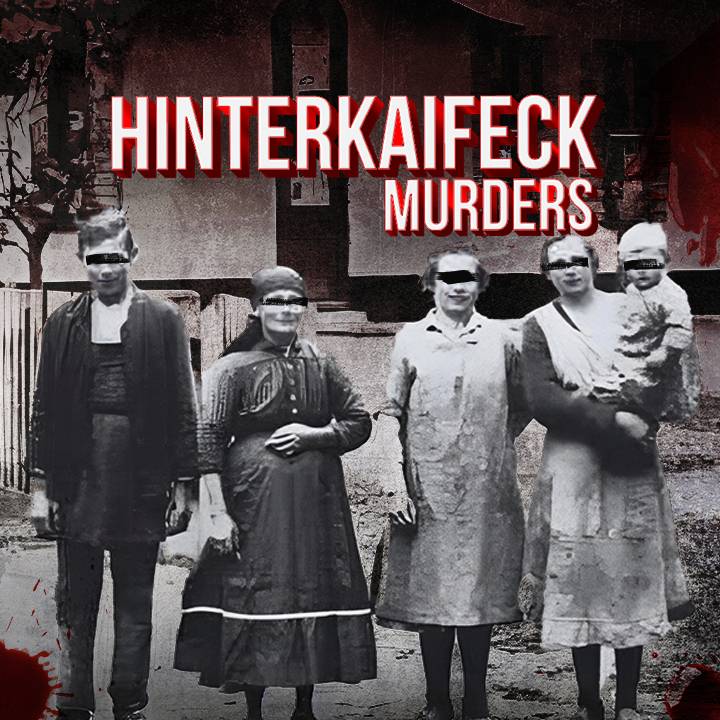I first stumbled across the Hinterkaifeck murders years ago when I went through a true crime phase, devouring any book or online source I could find about disturbing unsolved historical cases. Of all the creepy stories of homicides, rituals gone wrong, and grisly discoveries, the events at that rural Bavarian farm in 1922 stood out as one of the most baffling and horrifying. Even all these decades later, it still gives me chills.
It all started on March 31st, 1922, when a middle-aged maid named Maria Baumgartner arrived at the Gruber family farm about 40 miles north of Munich. She had taken a live-in position to care for the household and help work the land. Poor Maria, so optimistic as she started this new chapter, would be dead that very night alongside her employers - the entire family systematically slaughtered one-by-one in their own home.
The attack was shockingly intimate, with the killer wielding what authorities believed to be a mattock, a pickaxe-like tool for farming, taken from a shed on the property. He bludgeoned each victim - first the four members of the Gruber family in the barn, then Maria as she slept in her room, and finally little 2-year-old Josef in his crib. Investigators theorize the assailant then lingered on the farm for days afterward, hiding among the bodies of those he had brutally murdered. He is suspected to have fed the animals, prepared food in the home, and gone about life on the property until neighbour Lorenz Schlittenbauer discovered the house of horrors on April 4th.
In the preceding weeks, Patriarch Andreas Gruber reported hearing strange sounds from the attic, almost like someone secretly camping out and spying on the family. There were also unfamiliar footprints spotted circling the grounds and a house key that disappeared. Curious signs that something sinister was creeping around Hinterkaifeck, although no faces matched the prints nor explanations answered the eerie noises.
When Schlittenbauer did stumble upon the grisly scene that spring, his behaviour immediately struck authorities as bizarre and suspicious. Rather than flee in terror or call the police, he began moving and stacking the bodies strewn about, later claiming he wanted to ascertain if young Josef was among the dead. As Victoria Gruber’s rumoured lover and potentially the father of her son, one could argue his disoriented actions stemmed from personal shock and desperate longing to find the child alive. Still, his odd demeanour coupled with a close connection to the family makes me question his innocence.
In those early days, searches for suspects centered upon Schlittenbauer and his potential motives. Perhaps jealousy or a feeling of betrayal over Victoria’s tangled web of relationships drove him to such madness? Authorities also closely examined the reclusive household, wondering what dark webs or shameful acts brewed beneath the surface - strange behaviours, family secrets, abusive acts better left buried.
The crime continues to confound over 100 years later due to frustrating investigatory blunders. Munich police permitted dozens of civilians to wander the grounds, inadvertently adding prints and disturbing evidence. They took few photographs and collected no fingerprints. As days turned to months turned to years without concrete leads, possible explanations expanded to outrageous extremes - speculation traced everywhere from a mysterious military-garbed stranger sighted on the property to Victoria's long dead former husband, back from the war and filled with wrathful vengeance.
We will likely never uncover the full truth of what happened at that small farm or the motivations fuelling such merciless brutality. Records wiped clean and suspects long turned to dust leave us with only swirling rumours. In the end, I always return to my instinct that the answer lies with someone intimate, filled with unpredictable fury over actual or imagined personal slights or betrayal. The methodical intimacy of the actuations speaks to me of a intertwined relationships warped by all-consuming rage. Perhaps that is what lingers most - the horror that our neighbours, friends, even family might secretly harbour such darkness...
I suppose we all have a bit of curiosity that draws us to mysterious and macabre stories - human nature seeking explanations for the inexplicable. For me, what chills most is the terrifying ordinariness that preceded the tragedy, as if a switch suddenly powered the most nightmarish possibilities of humanity. Something about that still gives me goosebumps, fills me with unease and raises the hairs on the back of my neck, even all these years later. I doubt the long gone ghosts of Hinterkaifeck will ever fully rest without justice or answers. Perhaps that is what disturbs me most of all - they are forever doomed to linger in our imaginations, haunting our unsettled minds.


